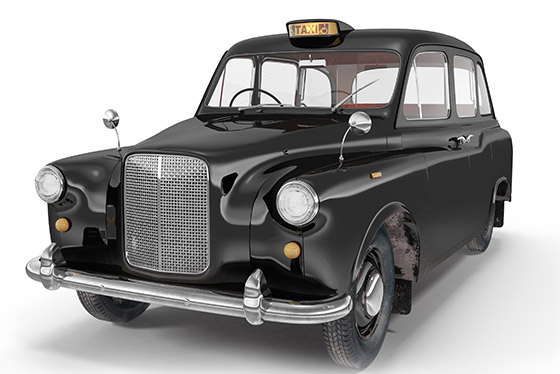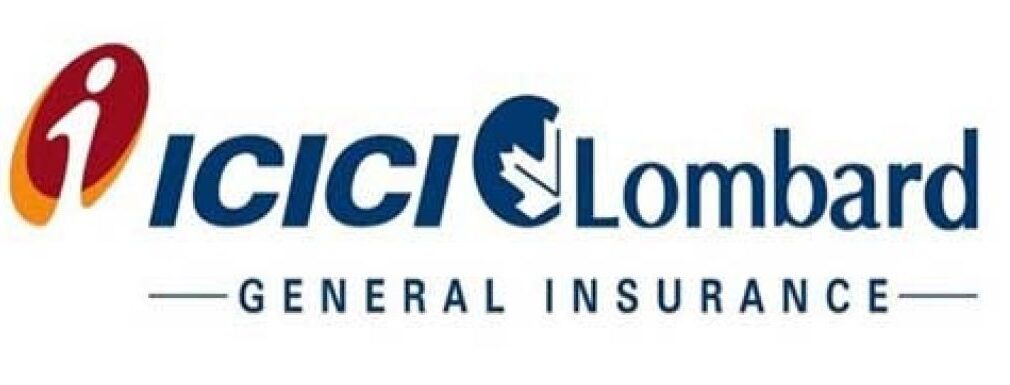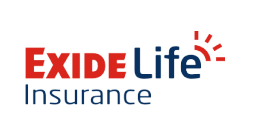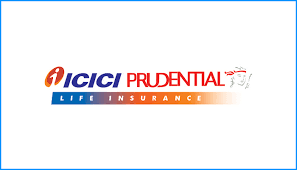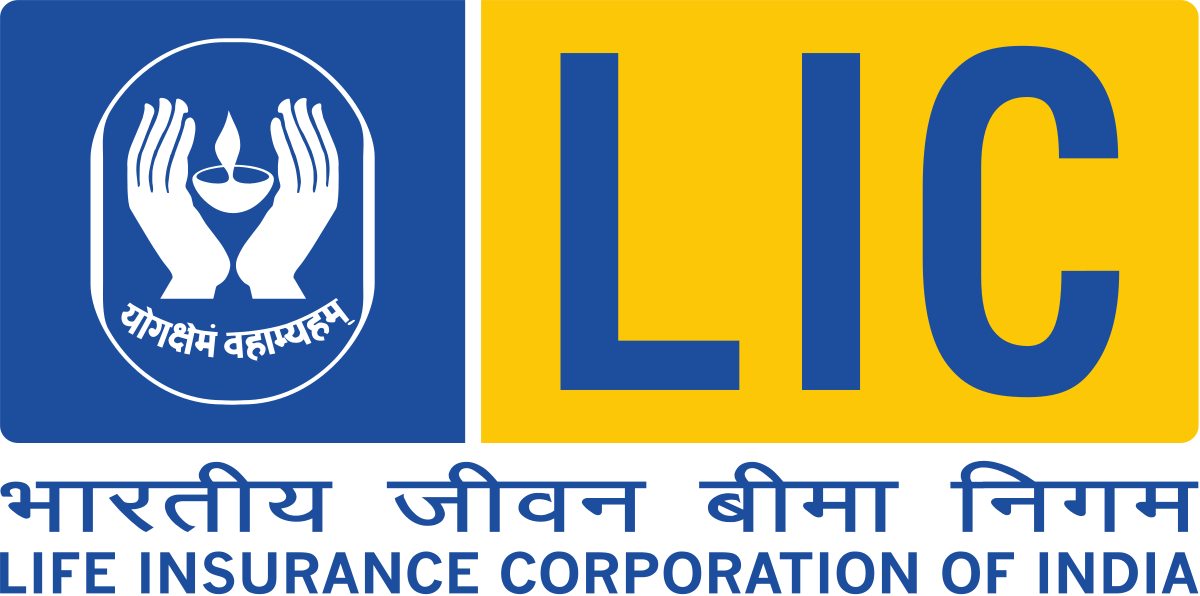How to claim injuries and damages via liability coverage insurance?
To drive a vehicle on Indian roads, one must procure motor insurance. The Motor Vehicles (Amendment) Act, 2019 of India has mandated motor vehicle insurance. Insurance not only covers the expenses of your physical injuries and damage or loss of your vehicle but also offers risk coverage towards third-party liability.
Accidents on Indian roads account for 6% of accidents, even though they constitute 1% of the global vehicle population. These statistics prove that they are among the deadliest in the world. In such a scenario, not having a comprehensive insurance policy is not the wisest decision.
The Ultimate Insurance Cover!
The Indian law has mandated a minimum cover of third-party liability insurance. However, that shouldn’t be the first choice. Comprehensive insurance provides financial protection from liabilities towards a third party and Personal Accident Cover (PAC). Collision insurance also comes in handy, providing your vehicle protection against a mishap that involves your vehicle colliding with another vehicle or object like a road divider, tree, or fence.
What Is Liability Insurance Cover?
A liability insurance cover is a financial tool that offers legal and monetary protection to the insured against the claims of a third party arising from the damage of property or injuries caused by the insured to the third party. Let us look at an example to understand this better.
Samir is an office-going, 28-year-old. To avoid the regular hassle of depending on the availability of public transport, he decides to purchase a car. Being a responsible citizen, Samir immediately makes arrangements to buy a four-wheeler vehicle insurance to avoid financial troubles in the future arising from unforeseen events and because the law has mandated it. He opts for basic third-party liability insurance, not realizing that it does not make any provisions to bear the expenses of loss or damage to his vehicle or himself when involved in an accident.
Suppose that Mr. X’s reckless driving results in an accident with Samir’s car, injuring Samir and mangling his car. Here, Mr. X and his insurance company are the first and second party respectively. Samir then becomes the third party eligible to claim against Mr. X for his negligence and irrational driving. This way, Samir is compensated for his car damage and reimbursed for the medical expenditures from the accident where Mr. X was at fault.
However, Samir has to follow a standardized procedure to get his claim. While the liability coverage for injury and death of a third party is limitless, damage caused to a third-party vehicle rounds off at Rs. 7.5 lakhs. Nevertheless, the difference is borne by the first party from his pocket if the damages exceed this predetermined limit.
Wondering How to Claim Injuries and Damages Via Liability Insurance Cover? Follow These Steps
Let us consider Samir’s situation and look at the steps Samir has to follow to get a claim, compensating his property damage and bodily injuries.
Step 1: Lodging an FIR- The first step in the claiming process is lodging an FIR with the nearest police station. An FIR serves as the earliest proof of a mishap. It includes the date, time, place, a detailed account of the incident, a description of the persons and vehicles involved in the accident.
Step 2: Informing the Respective Insurance Companies- The next step of paramount importance is sending word to the insurance company concerned. Samir has to gather the insurance details of Mr. X and inform them of the misadventure at the earliest. To avoid any disapproval of the claim by the insurance company, Samir must lodge an FIR within 24 hours of the accident.
Step 3: Collection of Charge Sheet- Yet another mammoth task to be taken up by Samir is to get hold of the charge sheet, obtainable from the court. A minimum of three days is required to secure a charge sheet from the court.
Step 4: Submission of a Claim Form- The next thing to be done by Samir is to submit a duly filled claim form to Mr. X’s insurance company. He must also produce the required documentation to support his claim- a copy of the FIR, charge sheet, his driving license, and any pictures he has as added proof of the accident.
Step 5: Report of Inspection Officer and Surveyor- After receiving the duly filled-in claim form, the insurance company sends an inspection officer to survey the extent of property damage, injury and cross-check the information provided by the third party.
Step 6: Filing a Case with Motor Accident Claims Tribunal- Samir must approach a motor claims lawyer to file a lawsuit in a special court, the Motor Accidents Claim Tribunal, who has the jurisdiction of the area where the incident took place or where the claimant resides.
Step 7: The Court Hearing- A legal summon is the next step. The court listens to both parties and reaches a decision. To get a claim successfully, the third party must prove the negligence of the insured. Considering our example, Samir must prove to the court that Mr. X is guilty to get his compensation.
Step 8: Fixation Of Liability- If the court finds Mr. X guilty of negligence and irrational driving, it will pass a judgment in favour of Samir, compensating him for his medical expenses and the damage caused to his car. However, getting compensation for the entire amount is not necessary.
Final Words
You can save your money by claiming a third-party liability. It offers a convenient option when the accident is not your fault. One can easily claim compensation for injuries and property damage through liability coverage insurance with the relevant documentation.

